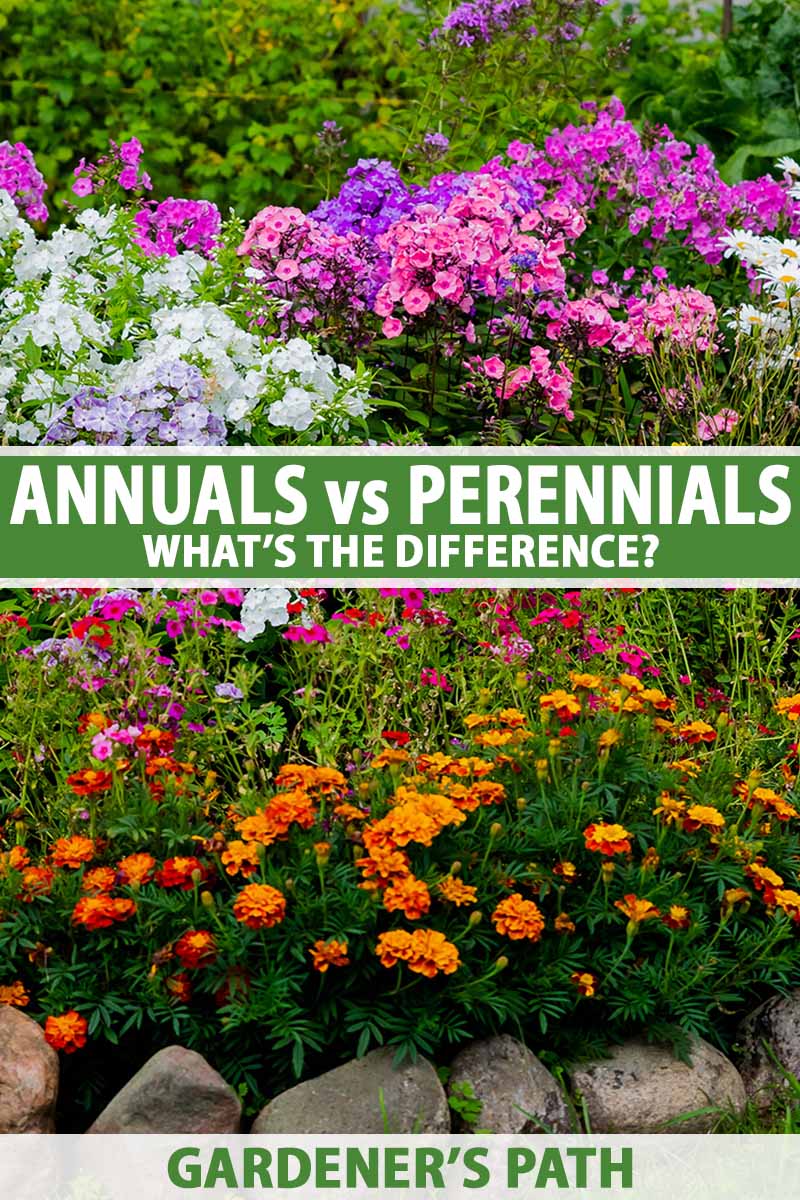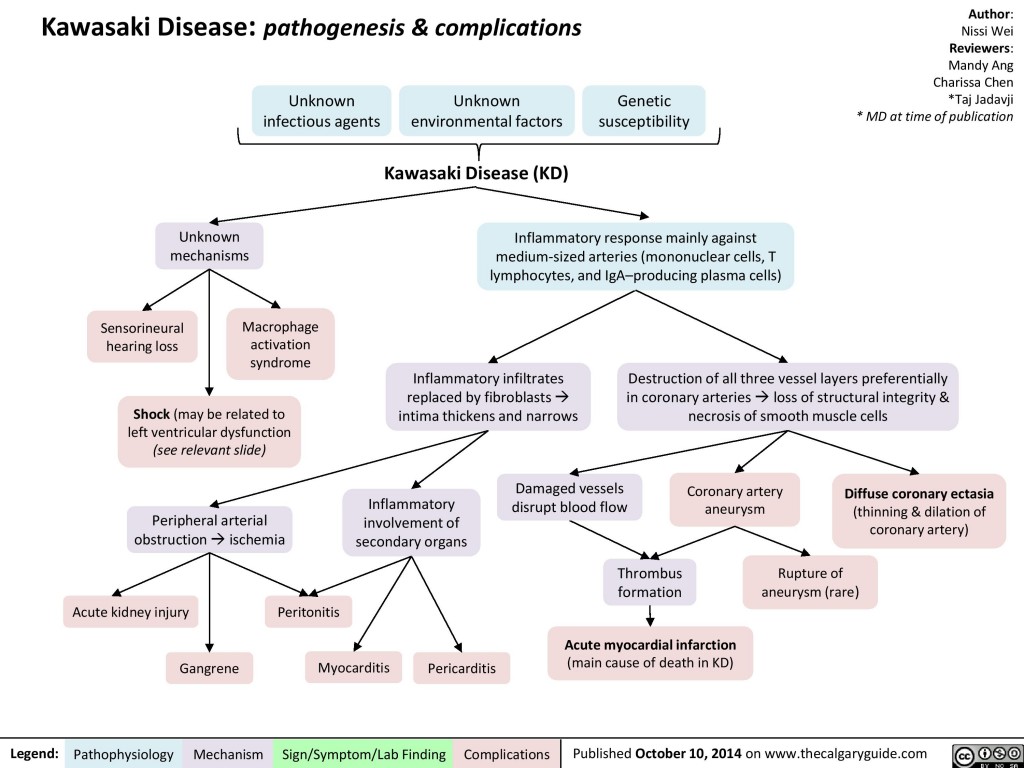Perennials Vs. Annuals: Making The Best Choice For Your Flowerbeds

Table of Contents
Understanding Annuals: A Season of Bloom
What are Annual Flowers?
Annual flowers complete their life cycle in a single growing season. They germinate, grow, flower, produce seeds, and then die within a year. This rapid life cycle means you get a burst of color relatively quickly.
- Examples: Popular annuals include petunias (known for their vibrant colors and ease of care), zinnias (offering a wide array of colors and sizes), sunflowers (tall and cheerful), and impatiens (thriving in shade).
- Pros: Annuals offer a huge variety of colors, shapes, and sizes, allowing for endless creative possibilities in your garden design. Their fast-growing nature means you can quickly fill empty spaces and achieve an instant impact. They are also perfect for creating themed displays that change seasonally.
- Cons: The biggest downside is that annuals need to be replanted every year, representing an ongoing cost and effort. They are also more susceptible to extreme weather conditions, requiring more attention during heatwaves or frosts.
Annuals for Specific Garden Needs
Annuals are incredibly versatile and can be chosen to meet specific needs within your garden:
- Bright bursts of color: Cosmos, with their delicate petals and airy appearance, portulaca, known for their succulent leaves and profuse blooms, and calendula, with their cheerful orange and yellow hues, are excellent choices.
- Trailing plants for hanging baskets: Lobelia, with its cascading blue flowers, sweet alyssum, with its fragrant white or purple blossoms, and verbena, offering a wide range of colors and long blooming periods, are perfect for adding height and visual interest to hanging baskets and containers.
- Attracting pollinators: Sunflowers, zinnias, and coneflowers are all magnets for bees, butterflies, and other beneficial insects, contributing to a thriving garden ecosystem.
The Long-Term Beauty of Perennials
What are Perennial Flowers?
Perennial flowers live for more than two years, returning year after year. Once established, they become a low-maintenance, reliable part of your garden landscape.
- Examples: Popular perennials include lavender (known for its fragrant purple flowers and drought tolerance), hostas (appreciated for their striking foliage), daylilies (with their wide array of colors and bloom times), and coneflowers (attracting pollinators).
- Pros: Perennials are a cost-effective choice in the long run, requiring less frequent replacement. They establish a strong root system, making them more drought-tolerant and less prone to needing constant watering. Their presence provides structure and continuity to your garden design.
- Cons: Perennials are slower to establish than annuals, requiring patience in the first few years. They may need dividing every few years to prevent overcrowding and maintain vigor. Their bloom period is generally shorter than that of annuals, but this can be mitigated by careful selection of varieties with overlapping bloom times.
Choosing Perennials for Your Garden's Conditions
Careful selection ensures your perennials thrive:
- Shade gardens: Hostas, with their large, showy leaves, ferns, with their delicate fronds, and astilbe, with their feathery plumes of flowers, excel in shady areas.
- Sunny locations: Coneflowers, with their daisy-like blooms, lavender, with its fragrant purple flowers, and sedum, with its late-season color, thrive in full sun.
- Drought-tolerant options: Lavender, Russian sage, and yarrow are all exceptionally tolerant of dry conditions, perfect for water-wise gardening.
Perennials vs. Annuals: A Side-by-Side Comparison
| Feature | Annuals | Perennials |
|---|---|---|
| Lifespan | One growing season | Two or more years |
| Cost | Higher initial cost, recurring expenses | Lower long-term cost |
| Maintenance | Higher maintenance (watering, deadheading) | Lower maintenance once established |
| Bloom Time | Typically longer, continuous bloom | Shorter bloom period per year |
| Garden Style | Ideal for quick color, seasonal changes | Provides structure and long-term beauty |
Combining Annuals and Perennials for Optimal Results
Combining annuals and perennials offers the best of both worlds. Annuals can fill gaps between perennials, providing a continuous display of color, or they can be used to add vibrant pops of color to a more established perennial garden.
- Strategies: Plant annuals in containers for easy seasonal changes. Use annuals to fill in bare spots until perennials mature. Plan for staggered bloom times, using annuals to bridge the gaps between the bloom periods of different perennials.
Conclusion
Choosing between perennials and annuals depends on your individual gardening goals, time commitment, and budget. Annuals offer a quick burst of color and variety, while perennials provide long-term structure and beauty with less ongoing maintenance. The best approach often involves combining both types of plants for a truly stunning and dynamic flowerbed. Ready to create stunning flowerbeds that bloom year after year? Learn more about choosing the perfect combination of perennials and annuals for your garden! Start planning your perfect flowerbed today, by considering the benefits of both perennials and annuals.

Featured Posts
-
 Malcolm In The Middle Reboot Frankie Muniz Reunites With Cranston And Kaczmarek
May 29, 2025
Malcolm In The Middle Reboot Frankie Muniz Reunites With Cranston And Kaczmarek
May 29, 2025 -
 Mamardashvili Sorpresa O Talento Consagrado
May 29, 2025
Mamardashvili Sorpresa O Talento Consagrado
May 29, 2025 -
 Analysis Southwests Baggage Fee Policy And Its Effect On Flight Delays
May 29, 2025
Analysis Southwests Baggage Fee Policy And Its Effect On Flight Delays
May 29, 2025 -
 Joan Mir Out Of Qatar Moto Gp Sprint Due To Injury
May 29, 2025
Joan Mir Out Of Qatar Moto Gp Sprint Due To Injury
May 29, 2025 -
 Real Madrid 1 0 Athletic Club Tres Preguntas Y Tres Respuestas Clave
May 29, 2025
Real Madrid 1 0 Athletic Club Tres Preguntas Y Tres Respuestas Clave
May 29, 2025
Latest Posts
-
 Resmi Diluncurkan Kawasaki Z900 Dan Z900 Se Harga Di Bawah Rp 200 Juta
May 30, 2025
Resmi Diluncurkan Kawasaki Z900 Dan Z900 Se Harga Di Bawah Rp 200 Juta
May 30, 2025 -
 Kawasaki Z900 Dan Z900 Se Harga Resmi Di Bawah Rp 200 Juta
May 30, 2025
Kawasaki Z900 Dan Z900 Se Harga Resmi Di Bawah Rp 200 Juta
May 30, 2025 -
 Kawasaki Disease Etiology Emerging Evidence For A Single Respiratory Virus
May 30, 2025
Kawasaki Disease Etiology Emerging Evidence For A Single Respiratory Virus
May 30, 2025 -
 Is A Single Unknown Respiratory Virus The Cause Of Kawasaki Disease New Data Suggests A Link
May 30, 2025
Is A Single Unknown Respiratory Virus The Cause Of Kawasaki Disease New Data Suggests A Link
May 30, 2025 -
 Kawasaki Disease A Novel Respiratory Virus As The Culprit
May 30, 2025
Kawasaki Disease A Novel Respiratory Virus As The Culprit
May 30, 2025
